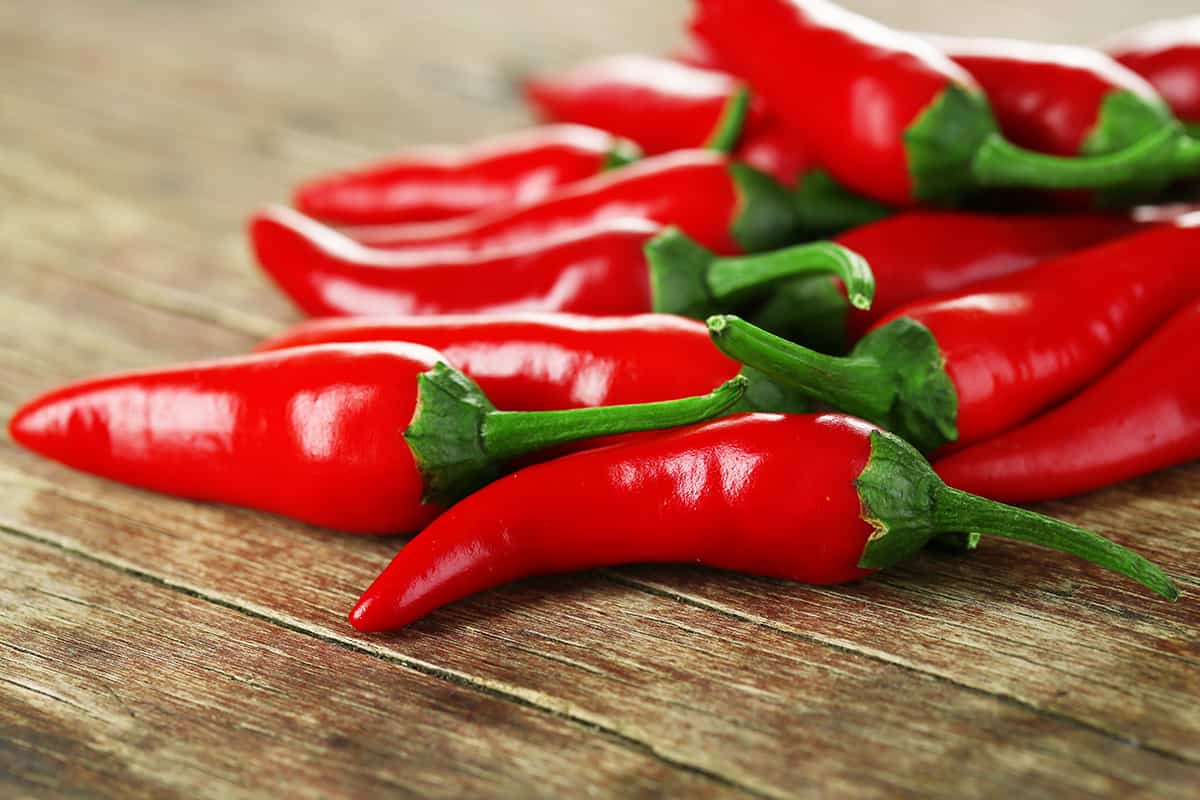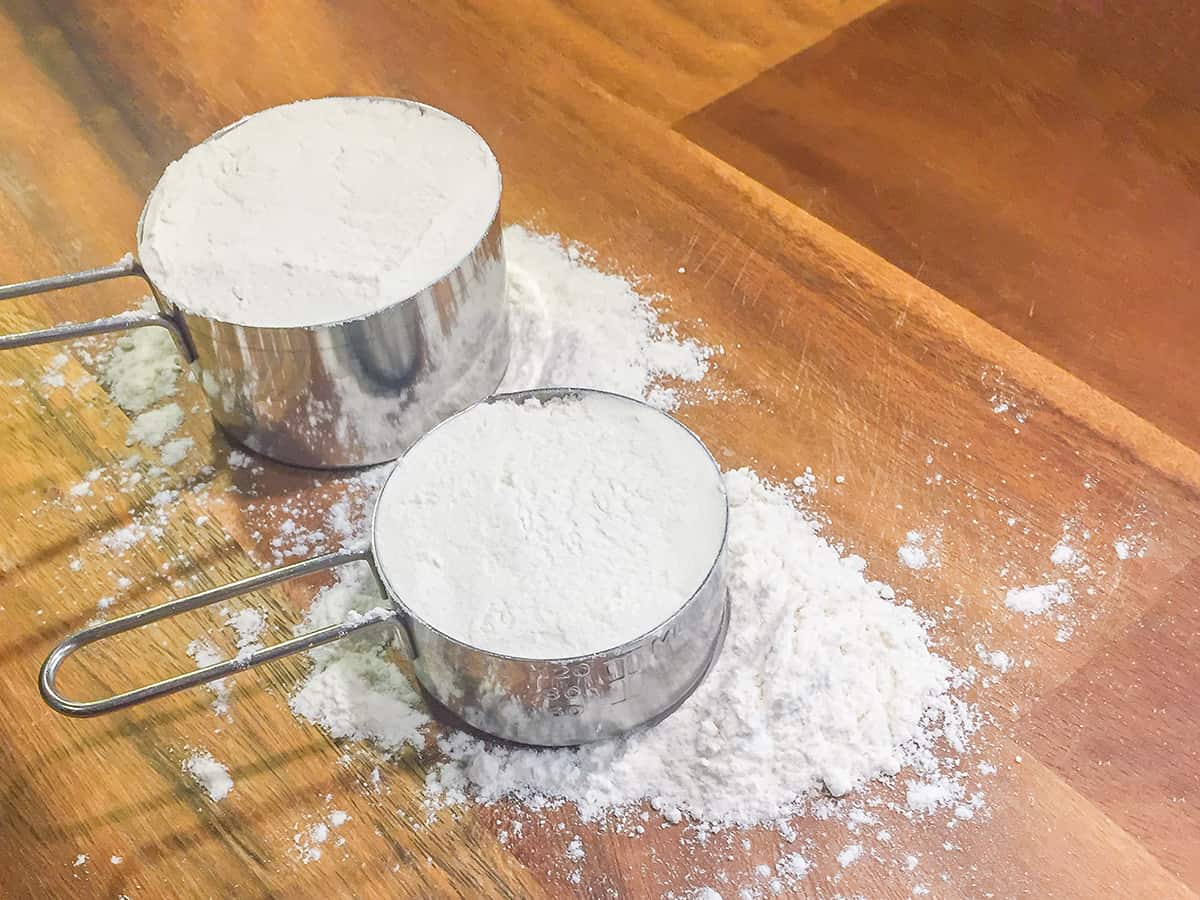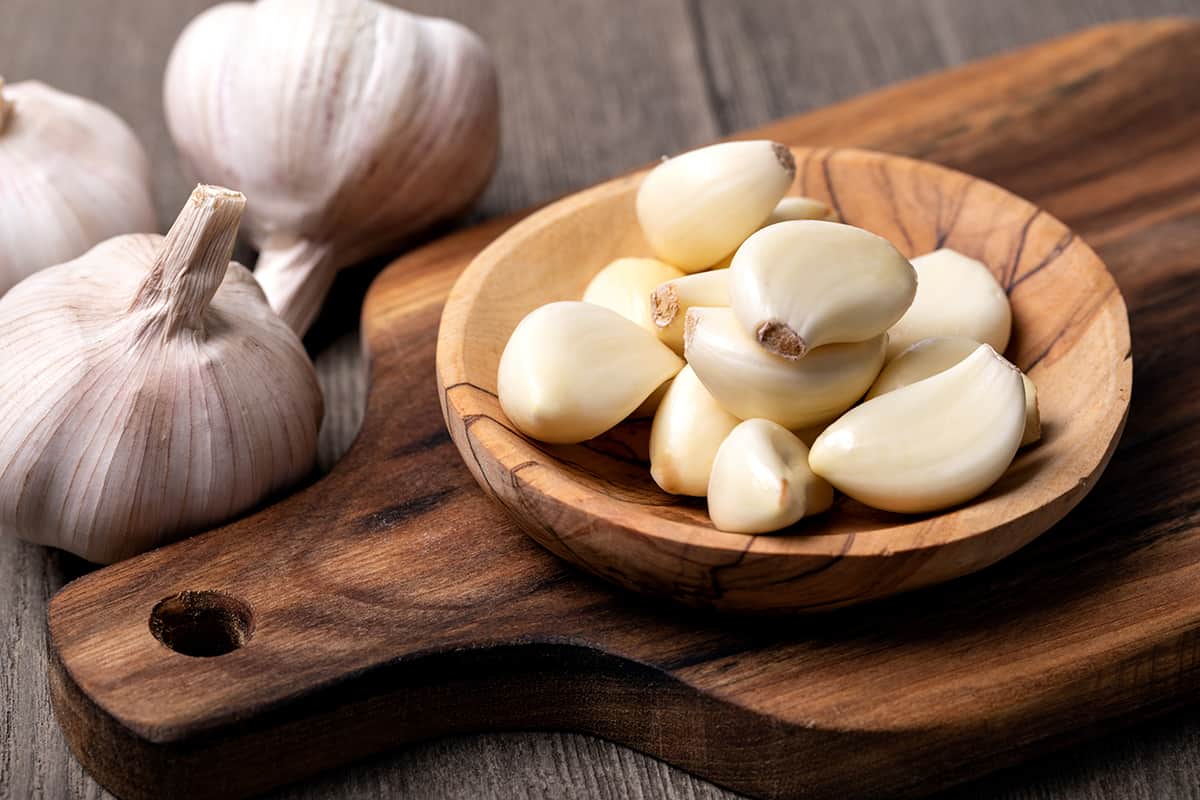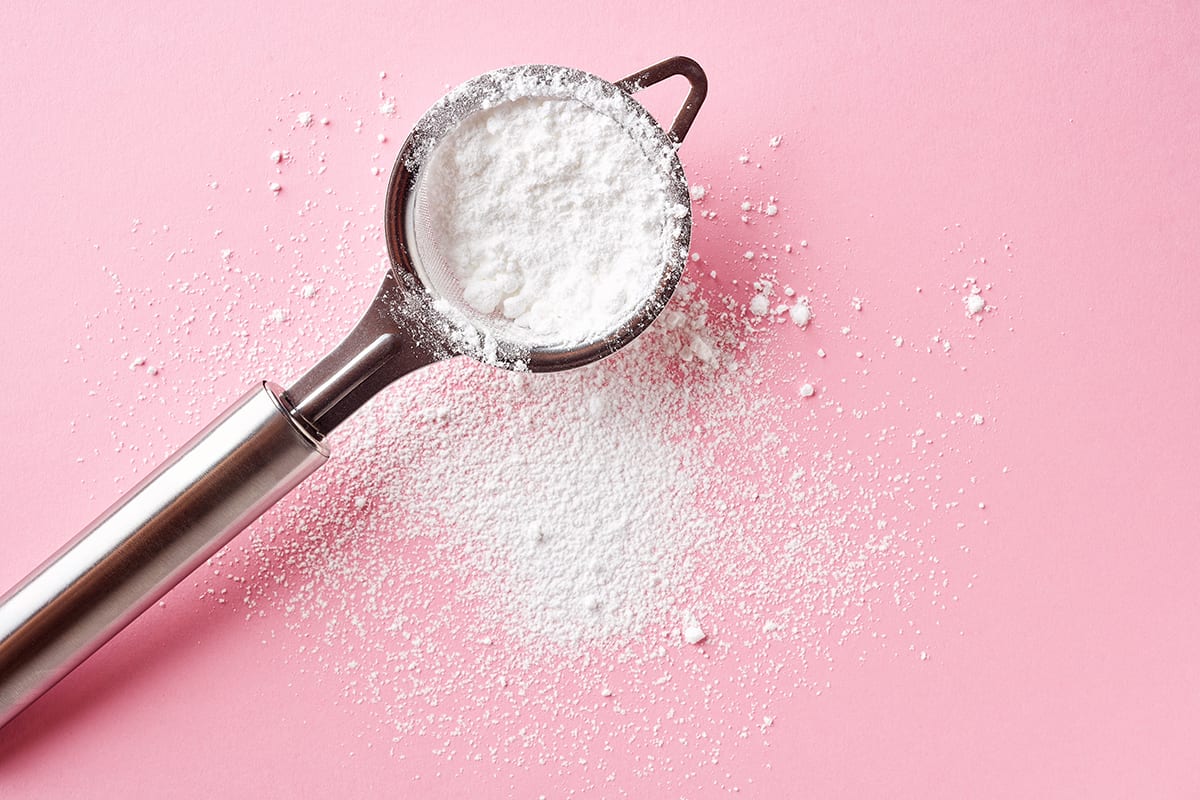Spices are the, well, spices of life. Without it, most of our food would end up looking as bland and tasteless as the stuff our friends across the pond make. One of the most popular spices, at least one of Chef John from Food Wishes’ favorites, is cayenne. But how long does this popular spice last?
The shelf life of cayenne peppers depends on whether it’s ground or fresh. Fresh cayenne pepper has a maximum shelf life of 5 days when left at room temperature, whereas ground cayenne can last for up to 4 years. Freezing fresh cayenne peppers can extend their shelf life by 6 weeks, depending on how airtight their container is.
As you can see, you have control over how long your cayenne peppers will last, to a certain extent. If you’d like to learn more about the shelf life of cayenne peppers, as well as how you can prevent the fresh stuff from going bad prematurely, I invite you to continue reading.
How Long Is Cayenne Pepper Good For?
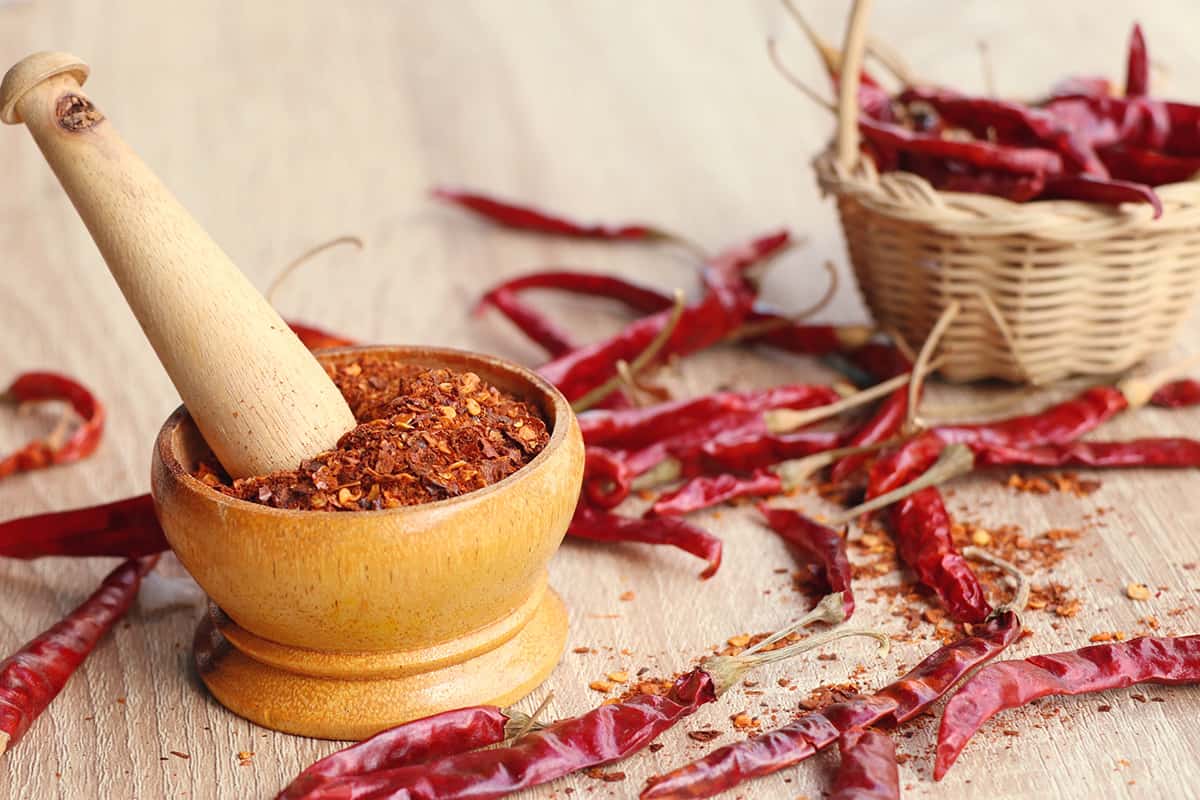
As previously mentioned, the shelf life of cayenne pepper will depend on the state of the pepper. You can purchase cayenne pepper in two forms: fresh and ground.
Like any fresh vegetable or fruit, fresh cayenne pepper has an extremely limited shelf life. When left out at room temperature, your fresh peppers will remain nice and fiery for only 5 days.
On the other hand, if you have a jar or canister of ground cayenne pepper in your pantry, you can rest assured that it will remain good for 4 years after you purchased it, even when left out at room temperature.
But why is there a difference in shelf life between the two forms? The straight answer is their moisture content.
Moisture is one of the things that is needed for bacteria and germs to thrive. Fresh peppers, including cayenne, are made of roughly 90% water. This, combined with leaving fresh cayenne peppers out in the open, will accelerate spoiling.
Ground pepper, on the other hand, is void of moisture. Before it goes through the grinding process, fresh cayenne peppers are dehydrated to eliminate most of their moisture, thereby giving the final product its iconic dryness and more potent taste and spiciness.
So, if you’re a fan of cayenne peppers, then you should seriously consider how long each type lasts before stuffing your pantry.
How to Store Cayenne Peppers?
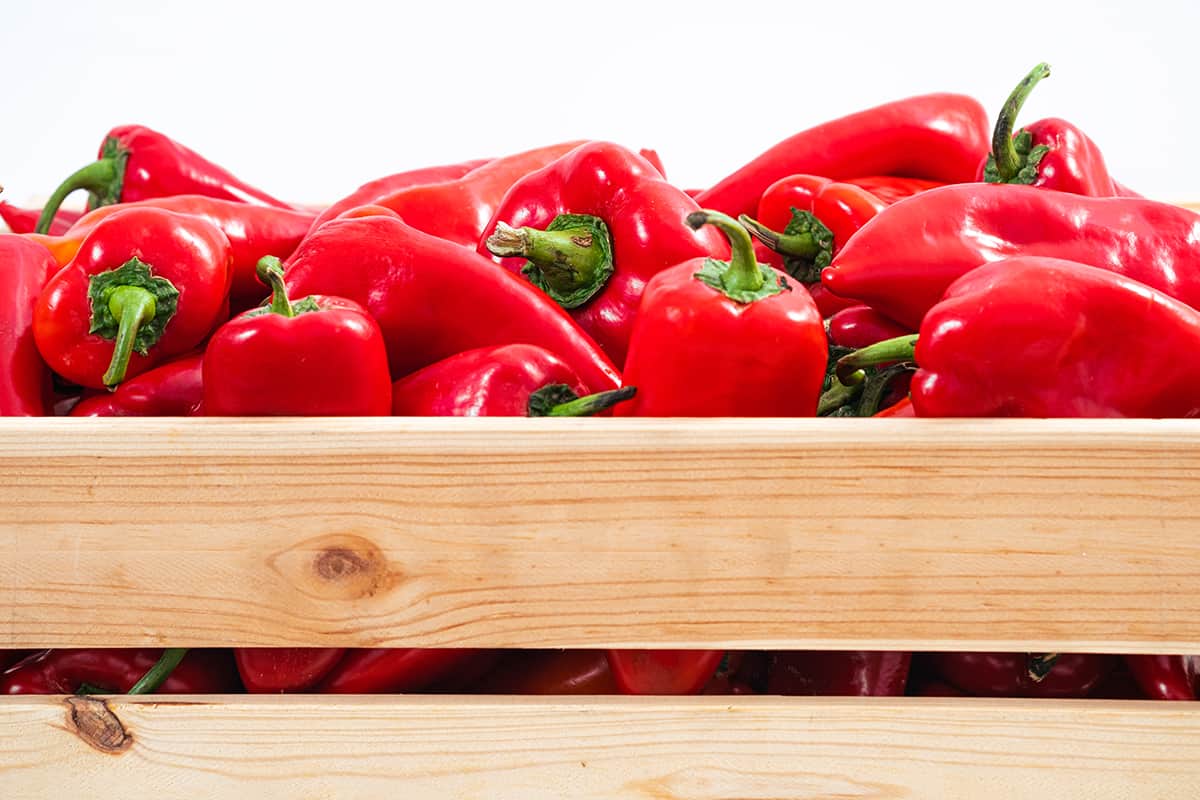
So, we’ve established that fresh cayenne peppers only last around 5 days before they begin to spoil. Is there a way we can extend its shelf life without significantly reducing its flavor and potency?
Yes, there is, and it all comes down to how you store your cayenne peppers.
If you want to extend the life of your peppers by a few days to a week, just stuff them in a bag and place the bag in a dark, cool place. You do not need to wash the peppers beforehand; just pat them dry with paper towels before inserting them in a resealable Ziploc bag. Ideally, you will have a vacuum sealer to remove air from the bag, but if you don’t, sucking the air using a straw can be nearly as effective.
Now, what if you purchased a large batch (over 10 pounds) of cayenne pepper for an event in the near future? How do you keep such a large amount of peppers fresher for longer?
You can extend the shelf life of fresh cayenne peppers to 6 weeks or so by placing the peppers in an airtight container and leaving the container in your freezer. Make sure to place the container as far away from the door as possible so as to prevent ambient heat from your kitchen from heating it up.
As for ground pepper, you really shouldn’t have much trouble finishing the jar or canister before 4 years or when the peppers expire. However, if you use the peppers sparingly, then consider popping the container inside an airtight canister and leaving it in the fridge. Make sure the container is as airtight as possible to stop ambient moisture from getting into the pepper’s container and causing the powder to clump up.
Signs of Spoiled Cayenne Peppers
Like with any pepper, there are clear clues that will give you some insight on whether or not your cayenne peppers are still good.
Wrinkling/Shriveling/Shrink Skin—The skin on fresh cayenne peppers should be taut around the fleshy inside. The longer it sits out, the more moisture it loses, and the more shriveled the peppers will appear. If the skin appears dry, it’s either past its prime or right on the edge.
Soft Spots—Fresh cayenne peppers will feel slightly firm and will spring back slightly when depressed. If there are soft spots on the pepper’s flesh that don’t spring back, toss the peppers out.
Brown Spots—If you notice brown spots on the pepper after a day or two, toss them out immediately. There’s could be fruit fly larvae inside the pepper. If brown spots develop after 4 or 5 days, the flesh is rotten, and the peppers need to be thrown away.
Loss of Spiciness—Cayenne peppers aren’t the hottest peppers out there, but they should produce a kick when bitten into. If they’re not as spicy as you remember, the peppers are past their prime, and they should be disposed of.
Differences Between Fresh and Ground Cayenne Pepper
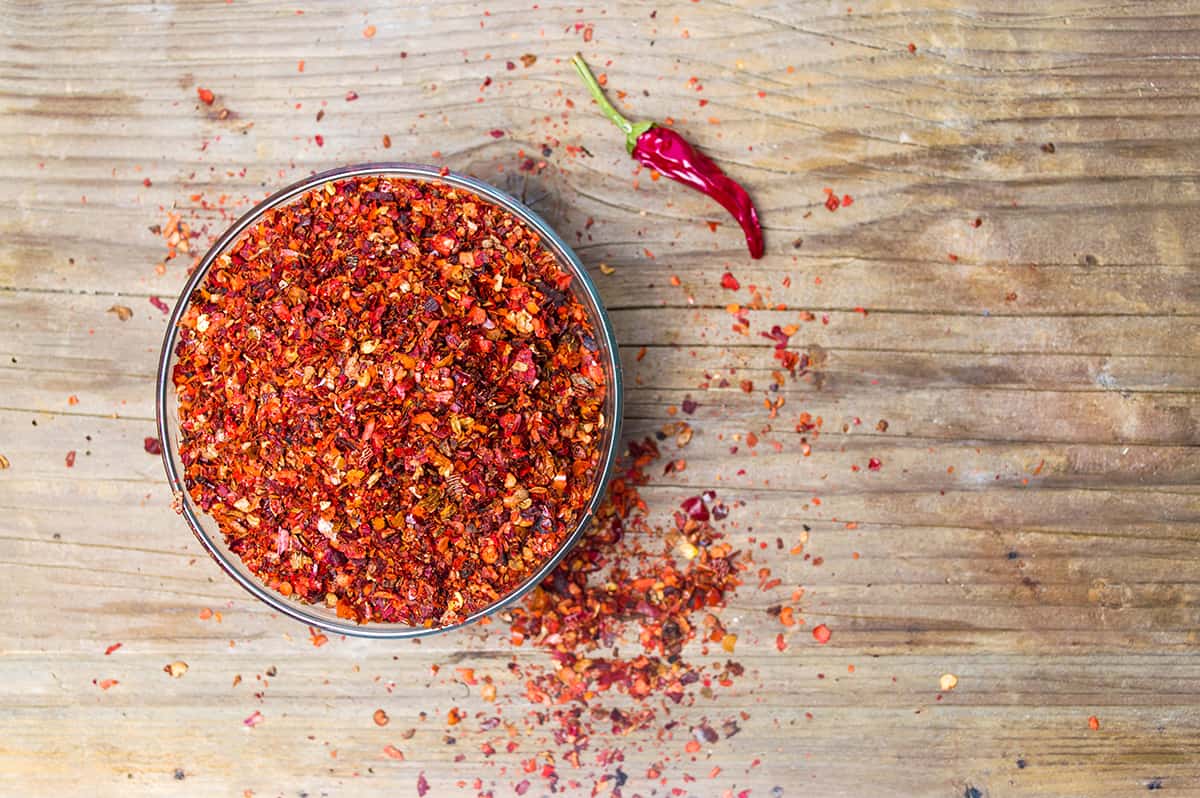
Believe it or not, there is a huge difference between fresh cayenne pepper and the ground stuff you can get in a jar or canister apart from their respective shelf lives.
Fresh cayenne pepper is 100% cayenne, which is unsurprising since it cannot be mixed with anything and still be considered fresh. As one of the hotter peppers on the market, fresh cayenne will have a Scoville Heat Unit (SHU)—the unit used to measure spiciness—of between 30,000 and 50,000.
Ground cayenne pepper, however, isn’t always 100% cayenne. It usually contains different types of rep peppers, which are ground together to create a powdery substance that goes great on virtually any savory dish. Due to its combination with other peppers, ground cayenne will typically have a consistent SHU of around 40,000.
In addition, the way you add them to dishes will vary. For instance, fresh cayenne can be dropped inside a food processor or blender, which will add moisture to a recipe. Ground cayenne will only add spiciness and a bit of flavor without increasing moisture content. So, choose wisely when deciding between fresh and ground cayenne.
